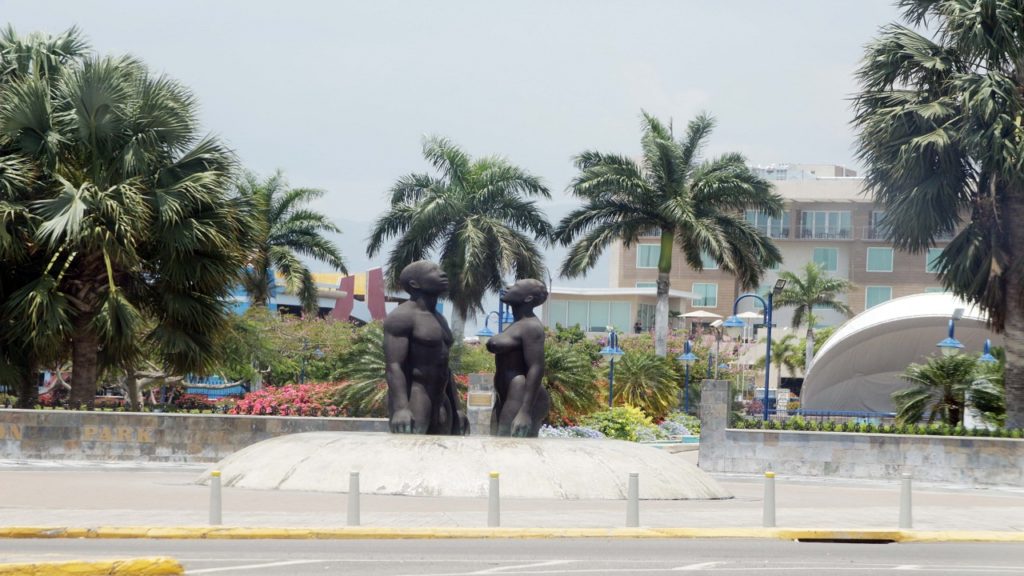
Emancipation Square in Jamaica
Emancipation Square in Jamaica: A Symbol of Freedom and Resilience
Emancipation Square, located in the heart of Kingston, Jamaica, is a historical landmark that holds great significance in the island’s history. The square was named in commemoration of the abolition of slavery in the British Empire in 1838, which marked a significant moment in the lives of thousands of enslaved Africans who were brought to the island.
The square is surrounded by some of Jamaica’s most iconic buildings, including the Kingston Parish Church, the Ward Theatre, and the Supreme Court. The square is also home to several statues and monuments that represent Jamaica’s rich cultural heritage and struggles for freedom.
One of the most prominent features of the square is the Emancipation Monument, which was erected in 1893 to honor the abolition of slavery in Jamaica. The monument features a life-sized bronze figure of a man and woman, each holding broken chains, symbolizing their newfound freedom. The monument also includes a plaque with the names of some of the leading figures in Jamaica’s abolitionist movement.
The square is also home to the National Heroes Park, a sprawling green space that honors Jamaica’s national heroes, including Marcus Garvey, Paul Bogle, and Nanny of the Maroons. These heroes are celebrated for their contribution to the fight for Jamaican independence and their efforts to promote social justice and equality.
Emancipation Square is not just a symbol of Jamaica’s history but also its resilience. The square has survived earthquakes, fires, and even a major hurricane that devastated the island in 1907. Despite these challenges, the square has remained a place of gathering for Jamaicans, where they can celebrate their culture and history.
Over the years, Emancipation Square has been the site of numerous events, including concerts, parades, and political rallies. In 1962, the square played a pivotal role in Jamaica’s independence celebrations, which marked the country’s breakaway from British colonial rule.
Today, Emancipation Square remains a popular destination for tourists and locals alike, offering a glimpse into Jamaica’s past and its journey towards freedom and self-determination. The square serves as a reminder of the struggles and sacrifices made by those who came before us and inspires us to continue the fight for a more just and equitable world.
In conclusion, Emancipation Square is more than just a physical space in Jamaica; it is a symbol of hope, resilience, and freedom. It represents the journey of Jamaicans towards liberation and reminds us that the fight for justice and equality is ongoing. As we celebrate the history of Emancipation Square, let us also commit to creating a future that upholds the values of freedom and dignity for all.
